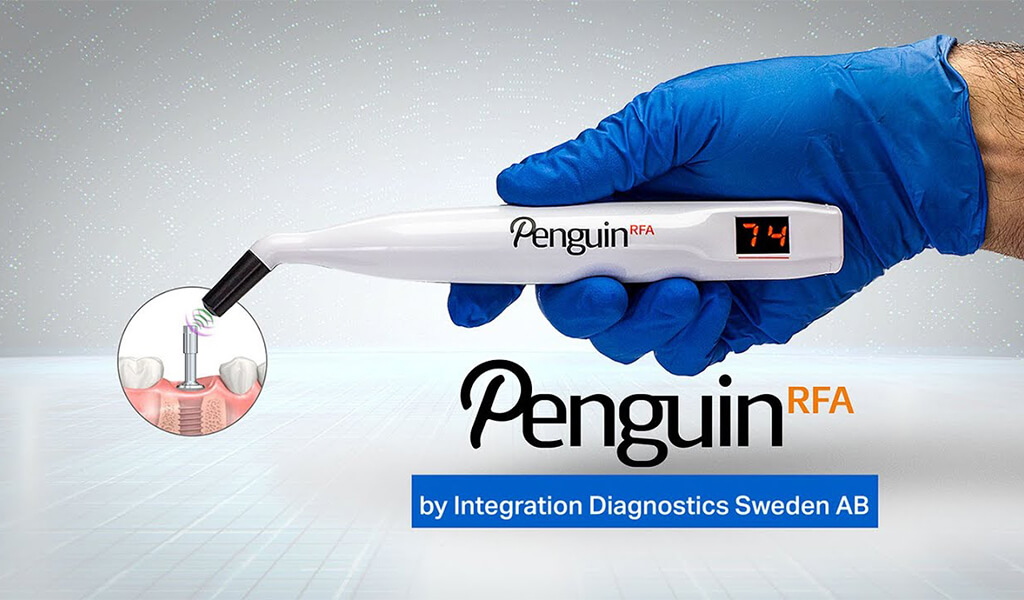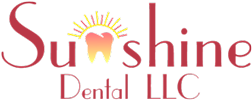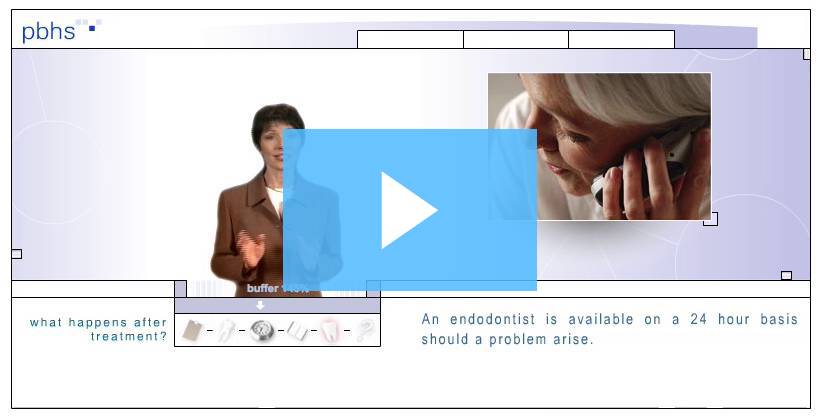Advanced Technology
Precision Dentistry
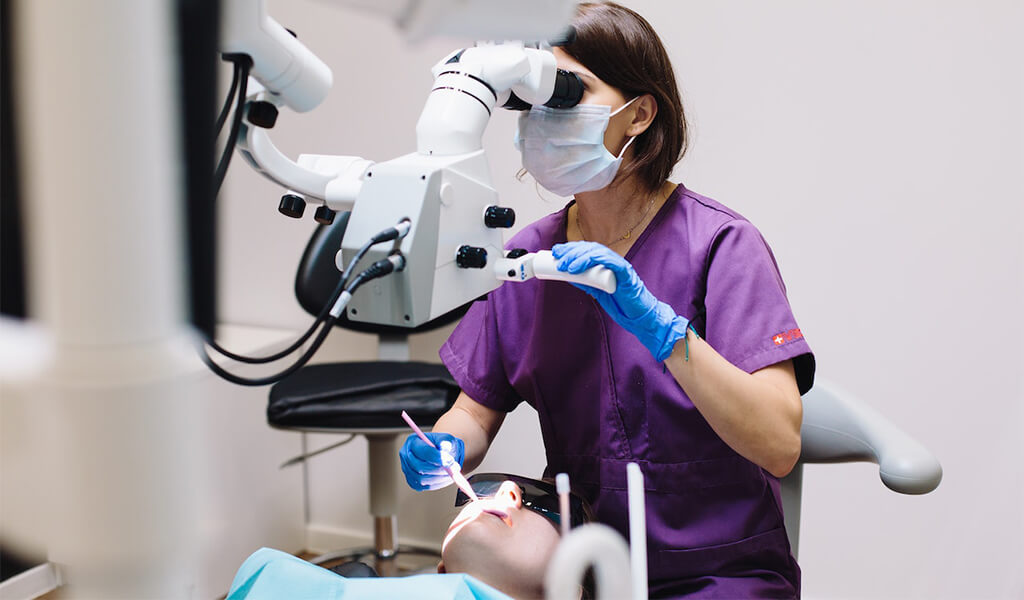
When you seek care at our office, you are assured that our experienced doctors and staff utilize the latest in technology to enhance the quality and fit for your dental care.
Our practice uses high power microscopes to enhance the precision of patient care.
Dentistry is micro-surgery. Using microscope that is similar to the one an ophthalmologist uses enables us to create dental restorations with incredibly precise fit and finish. You just can’t fulfill that level of care with the naked eye.
In addition to allowing precise, close-up work, the microscope directs a beam of light directly on the teeth, minimizing glare for you.
Many dentists use air-driven “hand-pieces” (the dental term for “drills”). While acceptable for many procedures, these “whiney sounding” air-powered hand pieces all have a degree of non-concentricity; they do not rotate perfectly smoothly.
For the most precise aspects of restorative procedures, we use electric hand-pieces. This results in extraordinarily precise interfaces between your tooth and your new restoration (dental crown, tooth veneer, or tooth filling). This will bring more comfort to you as well. With a more precise tool, there is less vibration and less noise.
Digital Imagingy
Dr. Kapoor or Dr. Sehgal carefully chooses which and when radiographs are taken. There are many guidelines that we follow. Radiographs allow us to see everything we cannot see with our own eyes. Radiographs enable us to detect cavities in between your teeth, determine bone level, and analyze the health of your bone. We can also examine the roots and nerves of teeth, diagnose lesions such as cysts or tumors, as well as assess damage when trauma occurs.
Dental radiographs are invaluable aids in diagnosing, treating, and maintaining dental health. Exposure time for dental radiographs is extremely minimal. Drs. Kapoor and Sehgal utilize Digital Imaging Technologies within the office. With digital imaging, exposure time is about 50 percent less when compared to traditional radiographs. Digital imaging can also help us retrieve valuable diagnostic information. We may be able to see cavities better.
Digital imaging allows us to store patient images and enables us to quickly and easily transfer them to specialists or insurance companies.
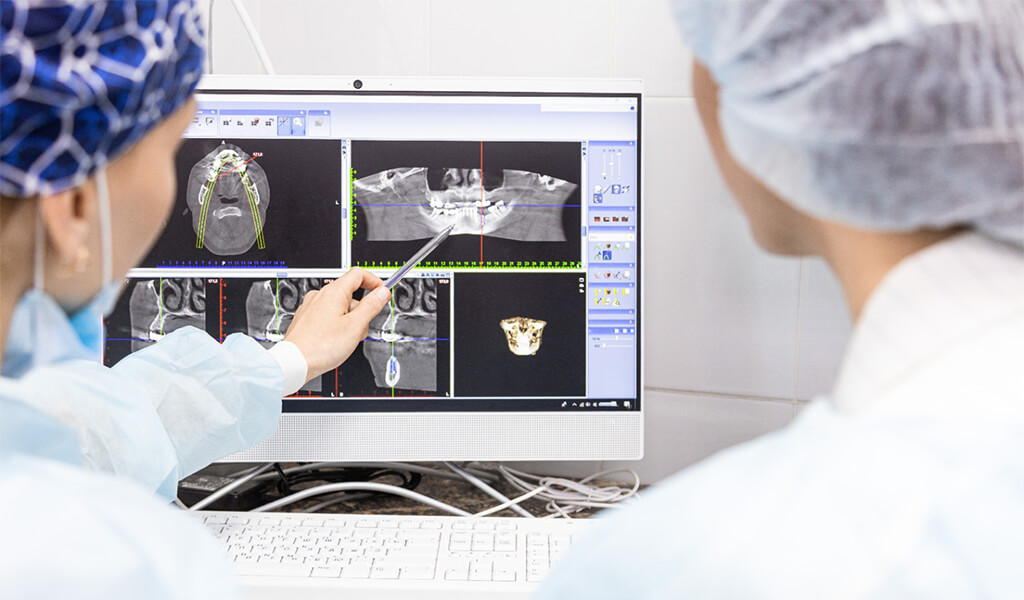
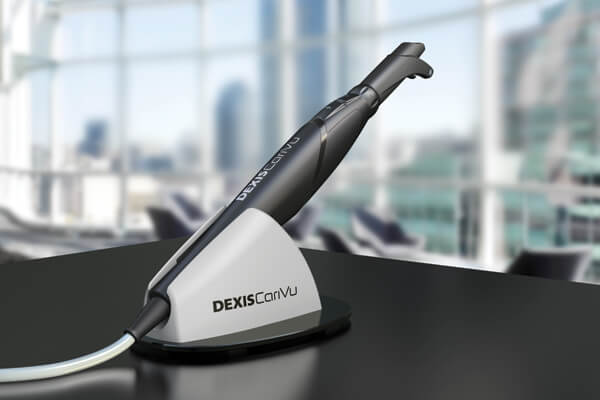
Digital X-Rays
Digital X-rays offer more precision since we view the image on a computer monitor, instead of holding up a 35mm film up to the light. Digital X-rays results in 1/6th the radiation exposure to you.
DEXIS CariVu is a compact, portable caries detection device that uses patented transillumination technology to support the identification of occlusal, interproximal and recurrent carious lesions and cracks. This device is especially useful for patients who have radiation fear, or patients that are pregnant. It helps detect cavities without the use of radiation
Medit Digital Scanner
The digital impression scanner allows Dr. Kapoor and Dr. Sehgal to take precise measurements of your tooth in preparation for a crown. The old fashion way to make a custom crown was to use an impression puddy and make a mold of the tooth. This mold was then sent to a lab to be fabricated. With digital impressions, you no longer have to deal with the uncomfortable experience of impression material. Dr. Kapoor or Sehgal uses the pen like a machine to take the digital impressions and then sends them directly to the lab, which cuts down the turnaround time for delivery and ensures precision.
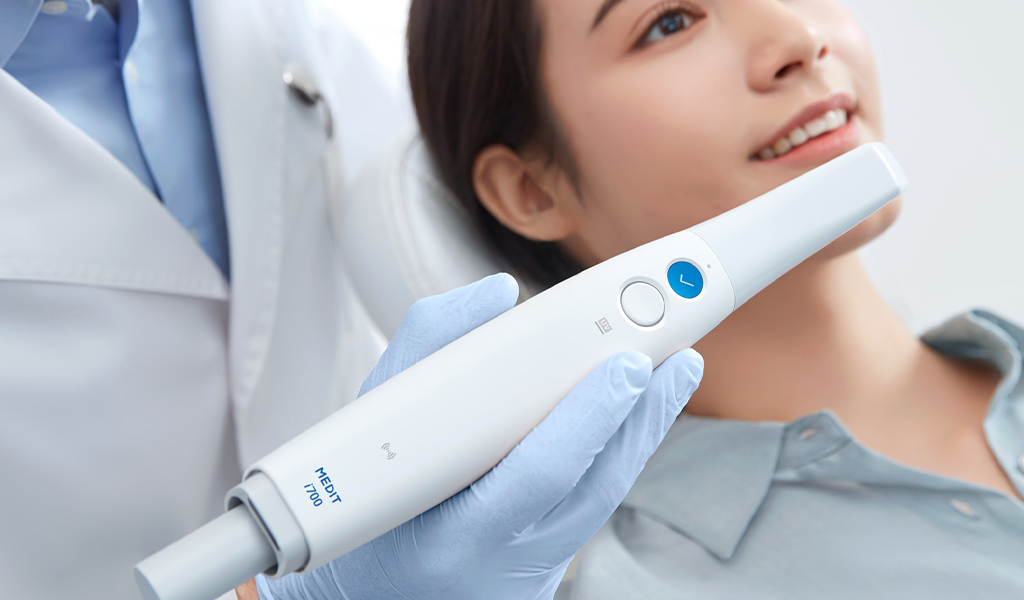
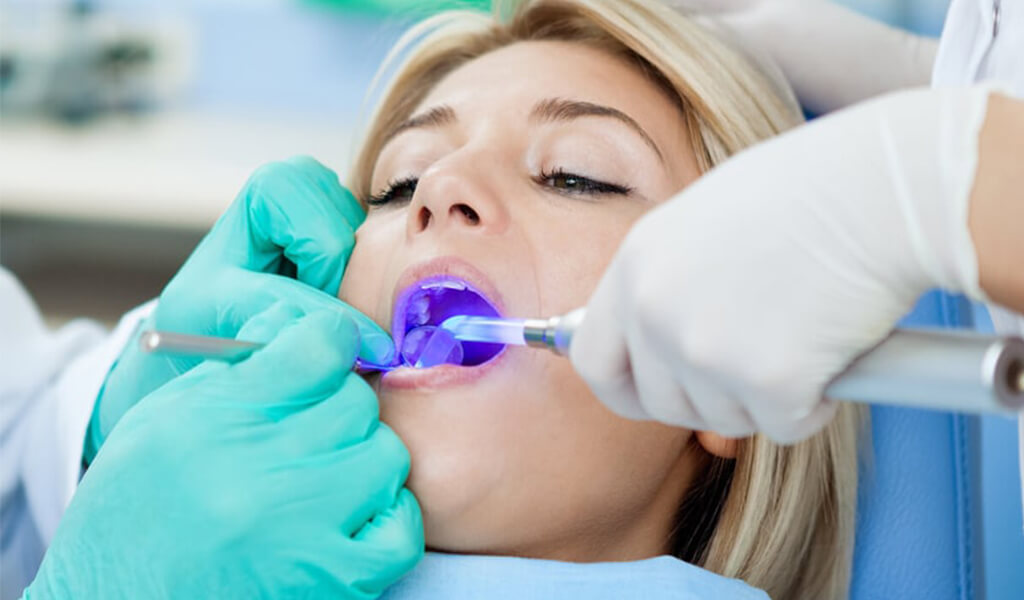
Laser Dentistry
For patients who do not look forward to needles, drilling, or numbness, Laser Dentistry may be the right choice.
Laser dentistry is one of dentistry’s latest advances. The laser delivers energy in the form of light. Depending on the intended result, this energy travels at different wavelengths and is absorbed by a “target.” In dentistry, these targets can be enamel, decay, gum tissue, or whitening enhancers. Each one absorbs a different wavelength of light while reflecting others. Laser dentistry can be used for both tooth and soft tissue related procedures. Oftentimes no local anesthesia is required. Unlike with the dental drill, with laser dentistry there is no heat or vibration, making the procedure quite comfortable for most patients. For soft tissue (surgical) procedures it eliminates the need for suturing and healing is much faster.
Lasers can be used to diagnose cavities. They can find hidden decay in teeth in early stages, and in some cases the decay can be reversed through hygiene and fluoride treatment and may never need filling.
Areas of dental care that benefit from laser technology:
- Cavity diagnosis and removal
- Curing, or hardening, bonding materials
- Whitening teeth
- Periodontal, or gum related, care
- Pediatric procedures
- Apthous Ulcer treatment (canker sore)
- Frenectomy (tongue-tie release) without anesthesia or sutures
- Root canals and apicoectomies
- Crown lengthening, gingivectomy and other gum corrections
Dental lasers have been shown to be safe and effective for treating both children and adults.
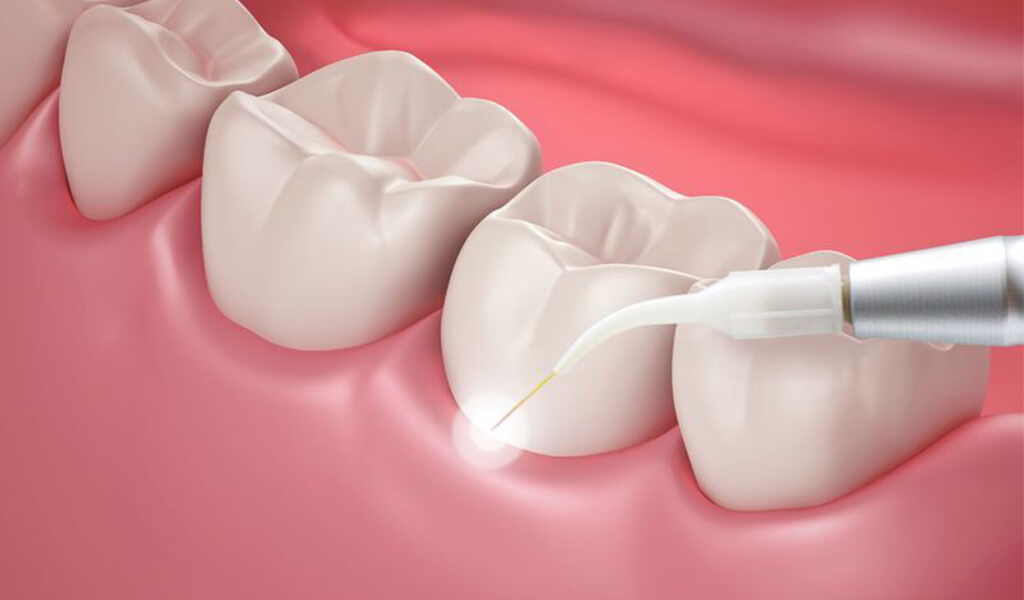
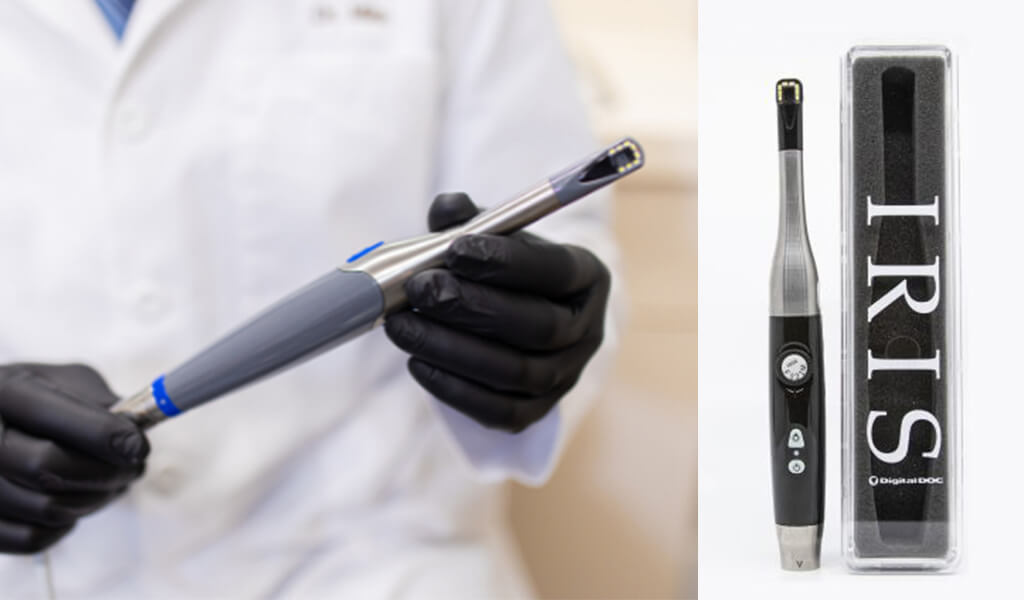
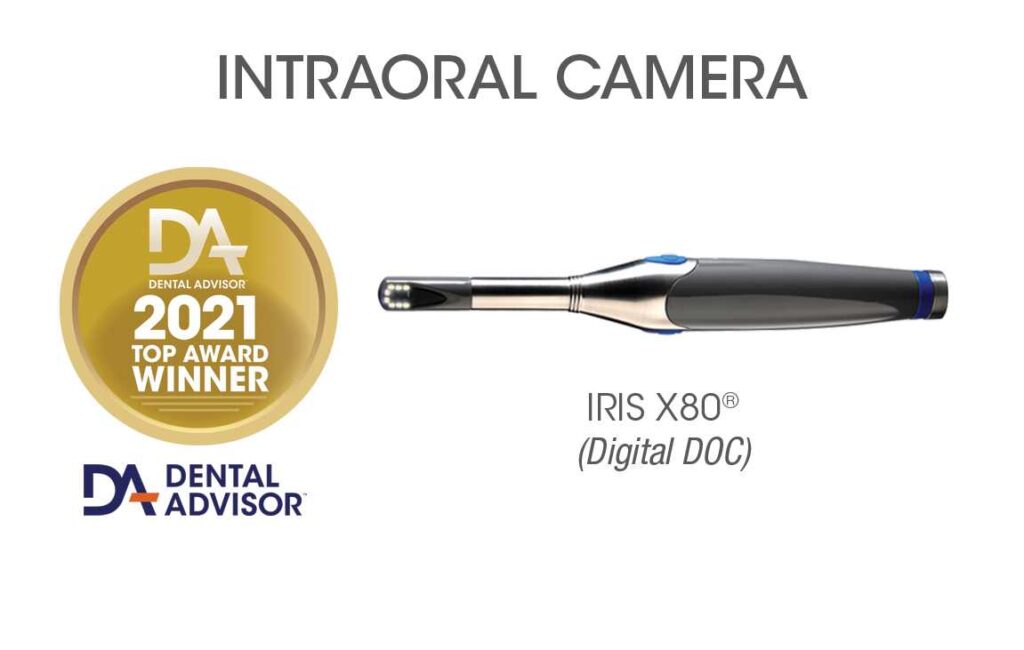
Intraoral Camera
Many patients, especially younger patients, are very familiar with the latest technology and are comfortable with the high tech practice. Computers and TV screens are their primary method of information processing.
Drs. Kapoor and Sehgal utilize Intraoral Camera technology that helps enhance your understanding of your diagnosis. An Intraoral Camera is a very small camera – in some cases, just a few millimeters long. An Intraoral Camera allows our practice to view clear, precise images of your mouth, teeth and gums, in order for us to accurately make a diagnosis. With clear, defined, enlarged images, you see details that may be missed by standard mirror examinations. This can mean faster diagnosis with less chair-time for you!
Intraoral cameras also enable our practice to save your images in our office computer to provide a permanent record of treatments. These images can be printed for you, other specialists, and your lab or insurance companies.
Penguin RFA Information
The penguin RFA is a machine that allows Dr. Kapoor and Dr. Sehgal to check Implant Stability Quotient (ISQ), implant stability measurement, easily and effectively. Dr. Kapoor and Dr. Sehgal are able to eliminate doubt and easily monitor osseointegration of dental implants. It is important to ensure that the implant is stable prior to inserting any attachments or crowns. The penguin RFA uses vibrations to check the stability of the implant in the bone and this is crucial to know for the longevity of the implant and to prevent failure. Our patients are our main priority and we are happy to have the equipment to assist in achieving reliable and satisfactory work.
